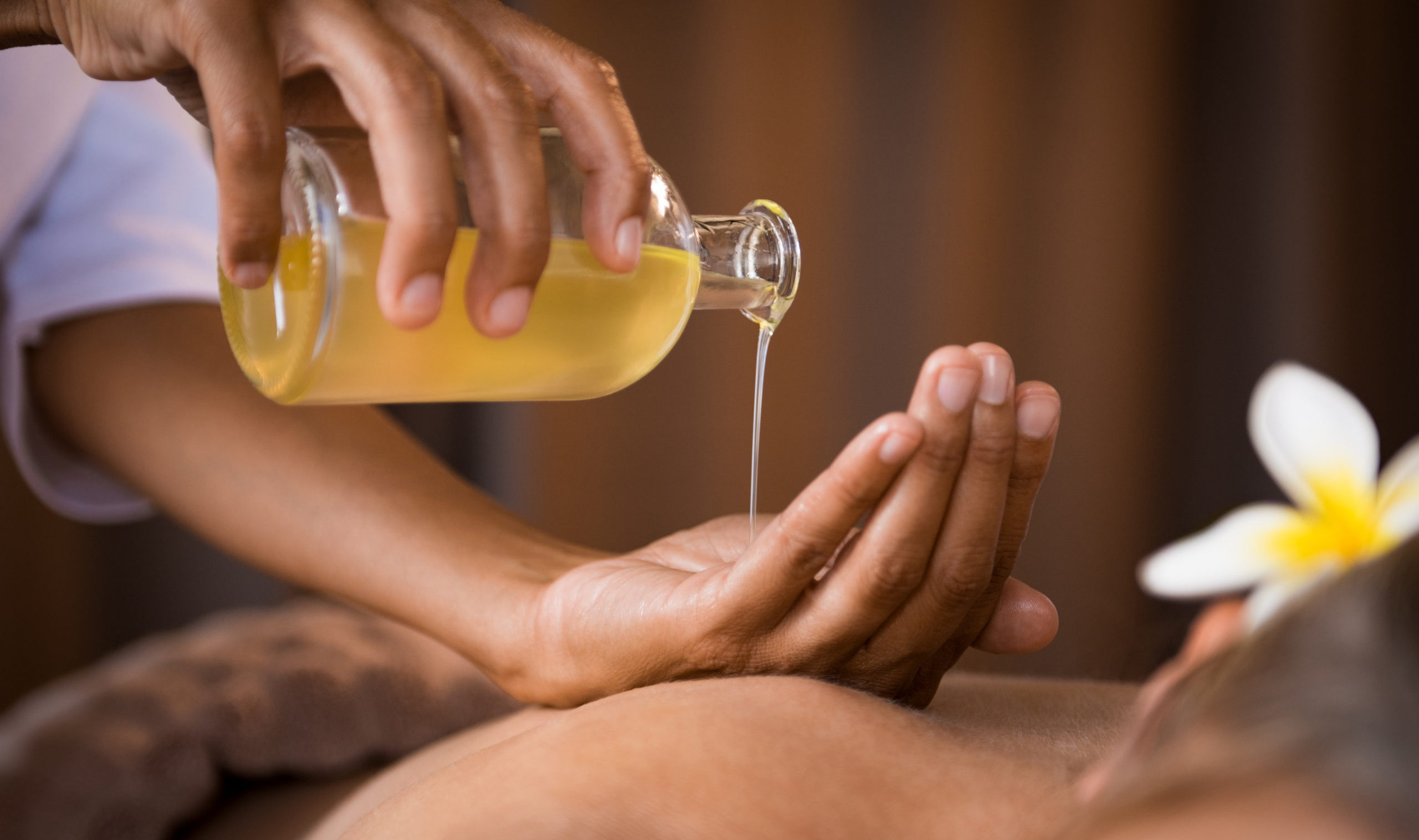
WEIGHT: 64 kg
Breast: 38
One HOUR:250$
NIGHT: +90$
Services: Massage, Female Ejaculation, TOY PLAY, Sub Games, Face Sitting
To browse Academia. The second edition of this compendium focuses on the intricate subject of flavourings, detailing raw materials, application methods, and relevant technologies. Updates from original authors, as well as contributions from new experts in the field, enhance the breadth of information presented. With a historical context relative to its first edition, this work provides an extensive survey of aroma analysis, product application in the food industry, and classifications of non-natural flavors, reflecting current trends and advancements.
Flavour perception reflects the integration of distinct sensory signals, in particular odours and tastes, primarily through the action of associative learning. This gives rise to sensory interactions derived from the innate properties of tastes. It is argued that while the integration inherent in flavours may have adaptive meaning in terms of food identification, the primary purpose is to provide a hedonic value to the odour and the flavour.

Hence, flavours may be seen primarily as units of pleasure that influence our motivation to consume. Committee in Charge ii Acknowledgements I would be remiss not to acknowledge the many people who have made this work possible, more or less chronologically: My parents, Martha Jurchak and Larry Johnson, for encouraging and pushing my intellectual, scientific, and creative development from an early age; my brother and sister, Eban and Adriana Johnson; my Grandmother, Marie Jurchak, for planting the seed of bon vivantism and supplying the younger me with plenty of cookbooks to read; to my de-facto in-laws Alice Meadows and Pete, Grace, Jack and Joe Pold for welcoming me into their family.
From the early days of what would turn out to be my career, Kent Kirshenbaum, for letting me stand in the back of the room at the first Experimental Cuisine Collective meeting and giving me the space and support to start developing ideas about how to do scientific research on culinary questions; and Dave Arnold for taking my half-developed ideas seriously and giving me a lot of challenging questions about smell and chemistry to figure out.

At UC Davis, my advisor, Susan Ebeler, for providing the tools and space to develop as an analytical chemist and learn the hard work of a writing, lecturing scientist, and putting up with my scientific wanderings; Hildegarde Heymann, for teaching me everything I know about sensory science and experimental design, cultivating my ideas about how science should be dealing with questions of flavor, chemistry, and cuisine, and freely offering profound words of encouragement when I needed them.



































